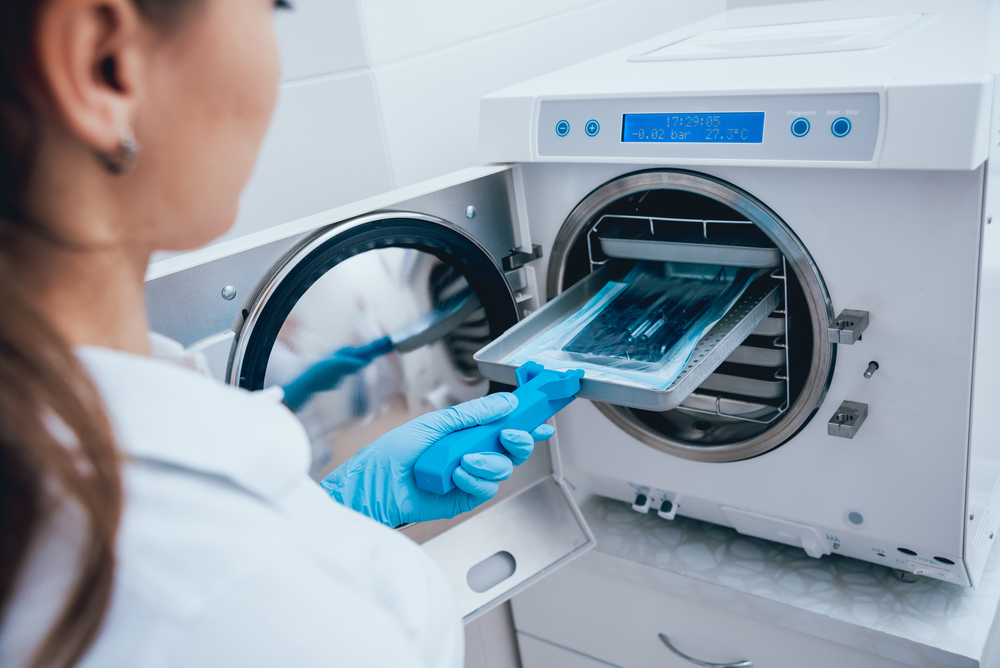Sterilization: A Crucial Method for Ensuring Hygiene
– Most medical and surgical devices used in healthcare facilities undergo heat sterilization.
– There has been an increase in medical devices made of materials that require low-temperature sterilization.
– Ethylene oxide gas has been used since the 1950s for heat- and moisture-sensitive medical devices.
– New low-temperature sterilization systems like hydrogen peroxide gas plasma and peracetic acid immersion have been developed in the past 15 years.
– Sterilization destroys all microorganisms on the surface of an article or in a fluid to prevent disease transmission.
– Inadequately sterilized critical items have a high risk of transmitting pathogens, but documented transmission is rare due to the wide margin of safety of sterilization processes.
– The sterility assurance level (SAL) is the probability of a single viable microorganism occurring on a product after sterilization.
– Critical items that have contact with sterile body tissues or fluids should be sterile to prevent disease transmission.
– Heat sterilization is recommended for heat-resistant items, while low-temperature sterilization technologies are used for heat- and moisture-sensitive items.
– A summary of the advantages and disadvantages of commonly used sterilization technologies is presented in Table 6.
